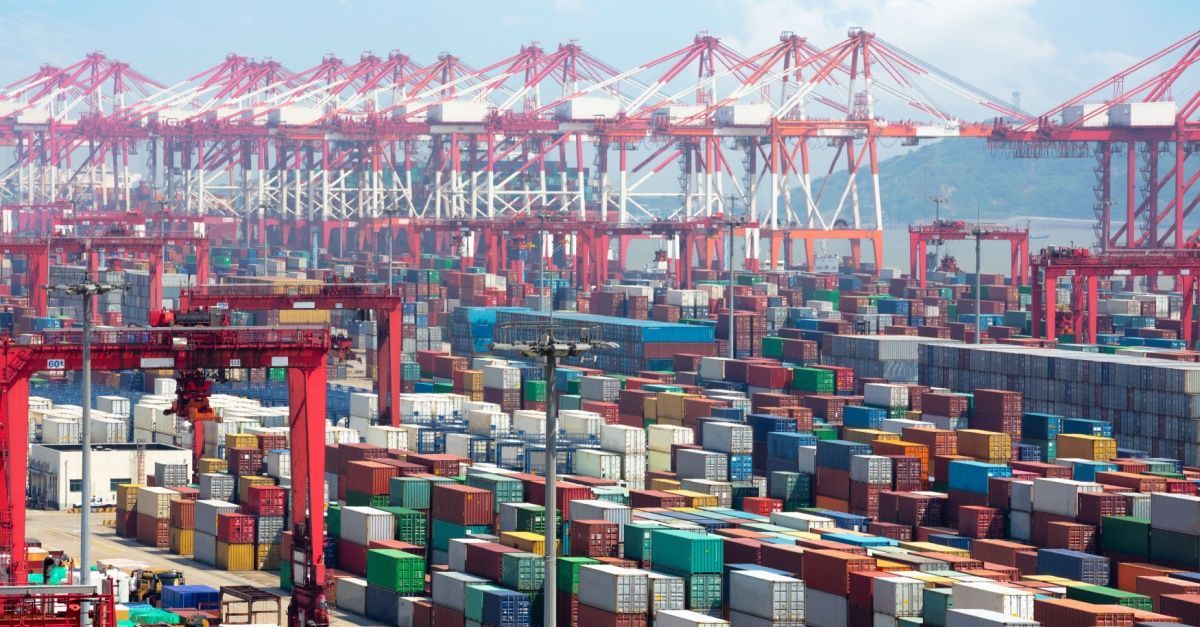Redefining 3PL Partnerships: From Service Provider to Strategic Supply Chain Adviser
Blog Post CTA
It is easy to treat freight like a vending machine, where you press a button and hope a truck appears. The reality, however, is far from it. As a shipper, the smarter approach to moving freight is building a strategic 3PL partnership in which the logistics provider is not just a transportation service but a supply chain adviser that helps you plan the entire shipping process.
Practical Steps to Build Stronger 3PL Partnerships
Having a simple vendor management relationship with your logistics provider is limiting in so many ways, including visibility and decision-making. You want strategic 3PL partnerships that inform decisions before freight moves. And to do that, the following steps are necessary:
1. Set Clear Expectations Early
Before entering into a partnership with any 3PL operator, you must clearly define what you want or need from that provider and then communicate these expectations effectively.
- Define Outcomes and Metrics. Establish expectations, such as on-time pickup, on-time delivery, and dwell time, and then outline how you’ll measure performance each month.
- Draw Up an Escalation Map. Name people, channels, and response processes so issues move fast with minimal friction.
- Write the Playbook. Include FTL and LTL logistics solutions, drop trailers, live-load rules, and dock appointment rules so teams move freight with fewer surprises.
2. Engage in Joint Planning
Well-thought-out plans beat firefighting every day. However, to do that, you will need to involve every stakeholder — internal and external — involved in the logistics process, including your demand and production teams, as well as the 3PL of choice. This way, you can easily line up demand with truck availability.
- Share Rolling Forecasts. Provide eight to 12 weeks of lane-level volume so the third-party logistics provider can hold capacity where you need coverage.
- Plan Mode Mix. Agree on what you need from the logistics provider — FTL for base flow and LTL for swings, for example. Incorporate cross-dock logistics strategies to maintain freight movement during peak weeks.
- Lock in Specialty Gear Early. Food producers should reserve reefer transport solutions to maintain product quality.
- Stress Test Peak Weeks: Run a simple tabletop drill for seasonal peaks, such as the start of school and holidays, to identify gaps before real orders arrive.
3. Invest in Technology Integration
To make your strategic 3PL effective, you need data that flows seamlessly among all the stakeholders involved in the process. This is why technology integration is so necessary. It allows you to share information in real time, so everyone can see the same ETA, stops, and exceptions. With technology, you can:
- Utilize Real-Time Visibility. Track tractors and trailers to enable teams to resequence docks and protect delivery windows. As C.H. Robinson’s Jordan Kass put it, “The companies that will excel in the years to come will be those with real-time visibility into their supply chains.”
- Expose Constraints. Share dock hours, yard limits, and appointment rules in a single view, allowing planners to choose workable slots.
- Automate Alerts. Trip-level exceptions should trigger alerts to both teams, ensuring recovery begins before customers experience issues.
4. Conduct Regular Performance Reviews
Reviews should be conducted regularly and serve as a guide for the way forward. Don’t focus on replaying past mistakes if you have no intention of learning from them. Keep them short, visual, and focused on changes you will make now. To do these successfully, ensure the following:
- Lead With Outcomes. Start with the scorecard, then focus on the three lanes or sites that drive the most delays or added spend.
- Decide Fast. Assign an owner, a fix, and a date for each issue; close the loop in the next huddle.
- Tie to Money: Translate late fees, expedites, and detention into simple dollars so decisions get real support.
- Document Learning: Store playbooks in a shared folder so new staff can run the same play on their first day.
5. Encourage Innovation and Flexibility
Your 3PL providers can help you innovate if you approach it strategically. Invite trials, measure outcomes, and scale what works across lanes and plants. For example, consider pooled deliveries for nearby customers or backhauls that reduce deadhead miles on repeat lanes. It is also important to note that tech helps when innovating, but human judgment still wins. As MIT professor Yossi Sheffi says, “We will always need humans, no matter how advanced the technology becomes.”
Entourage Freight Solutions: 3PL Value Beyond Service
By strategically partnering with Entourage Freight Solutions, you can ensure better planning, more stable service, and faster fixes when storms strike. EFS leverages its deep expertise in foodservice logistics to deliver high service levels and meticulous attention to detail for all your freight operations. Every load, whether shelf stable or perishable, receives the same precision handling. Connect with us today.









